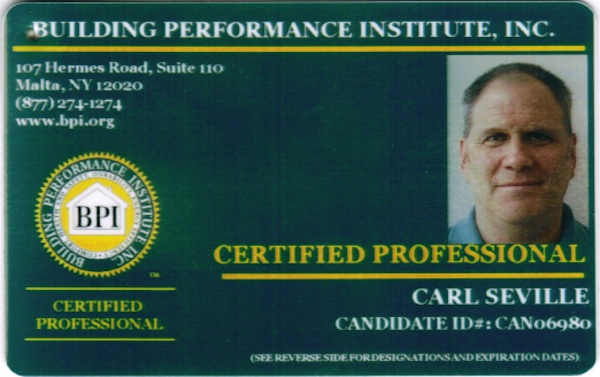
Image Credit: Carl Seville
One of my favorite things to hear from a design or building professional is that they are “LEED Certified.” This is only slightly less amusing than when they refer to LEEDS certification. In the case of the former, only buildings can be certified (although some people are certifiable); people are accredited, as in LEED AP, or accredited professional.
Having the LEED AP designation has been a calling card of green professionals for over a decade now. I appreciate professionals who make the effort to study and pass a test; however, like many other industry designations, its highest and best use is often in marketing. In the case of most building industry designations, when you have qualified to put those letters after your name, you are at the beginning of your learning curve and, in most cases, have a long road ahead to achieve true expertise.
How does your building perform?
One organization that does “certify” individuals (would one actually want to be “certified?”) is the Building Performance Institute, or BPI. Interestingly, BPI refers to both designations and certifications interchangeably on their website.
BPI focuses primarily on existing building performance and combustion safety, and is one of the key professional training organizations for home performance professionals. Their designations include Building Analyst, Envelope, Whole House Air Leakage Control Installer, Manufactured Housing, Heating, Air Conditioning and Heat Pump, and Multifamily. BPI training, testing, and quality assurance is offered by independent organizations.
BPI offers useful and important training, particularly for professionals working in existing buildings; however, I do find their technical documentation a little dense and lacking clear guidelines for field personnel. And, as is the case with many intense training programs, one can only absorb so much information in a three- to five-day class; the result can often be a group that passes tests with only a surface understanding of the subject.
People entering the building performance industry, particularly those with no construction experience, can achieve BPI designations without, in my opinion, being appropriately prepared for their work. I know this from experience, as when I became a BPI building analyst, even with my experience as a remodeler and HERS rater, I had only a cursory understanding of all the principles. After a few years of field experience, I believe that I finally have the appropriate understanding I need to properly diagnose combustion safety, one of the key components of the training.
HERS? HESP? What about HIM?
RESNET, an organization similar to BPI, manages the training, testing, and quality assurance of Home Energy Rating System (HERS) raters. HERS raters must take a 6- to 8-day training and pass both field and classroom tests.
Primarily focused on new homes, RESNET is expanding their scope of designations into commercial and existing buildings. RESNET has HERS Rater and Field Inspector designations and recently began offering a Home Energy Survey Professional (HESP) designation, which can be achieved without any training by passing their test.
NARI and NAHB won’t be left behind
Other organizations offering training and designations include the National Association of the Remodeling Industry (NARI) Green Certified Professional (GCP), and the National Association of Home Builders (NAHB) Certified Green Professional (CGP) and Master Certified Green Professional (MCGP).
I would recommend that any industry professional, including contractors, subcontractors, vendors, designers, and architects, consider obtaining any or all of the designations noted above. I have several of them and have taught both the NARI and NAHB training many times.
As long as you understand that having the right to put a few (or a whole lot) of letters after your name is just the beginning of your education, and as long as you understand the limits of your knowledge and bring in more experienced professionals when you reach those limits, then you and your clients can benefit from this knowledge, and you will be on your way to better projects.
— Carl Seville, LEED AP Homes, Green Rater, HERS Rater, BPI Building Analyst
Weekly Newsletter
Get building science and energy efficiency advice, plus special offers, in your inbox.















2 Comments
Well said...
Very well said. It's amazing to see way too many folks wave their certification or designation flags and all the appropriate letters after their names, and yet once you start talking about a specific subject, many have no clue about it. Few folks understand that those certifications and designations are worth a penny unless you can back it up with field knowledge, experience and more education. Unfortunately most of those certifications and designations have become just a marketing tool.
Confused Spelling
Unfortunately, it seems that despite all of this alphabet, we are not spelling logical answers. The USGBC seems to struggle with an issue of scale. What works for large scale commercial projects does not scale well to single family residential. and perhaps, as you point out, BPIs issue is also one of scale. Knowing how to set up a blower door test does not equate to a deep knowledge of building science. This is not intended as a criticism of either organization; it is recognition of unsolved problems. By the same token, I would also point out that, at least in my region, the last ten years have shown huge improvements in the energy efficiency of typically constructed new homes. Perhaps this is more an indictment of where we were ten years ago than accolades for where we are today. But at least it is progress.
Hugh Stearns
StearnsDesignBuild.com
Log in or create an account to post a comment.
Sign up Log in